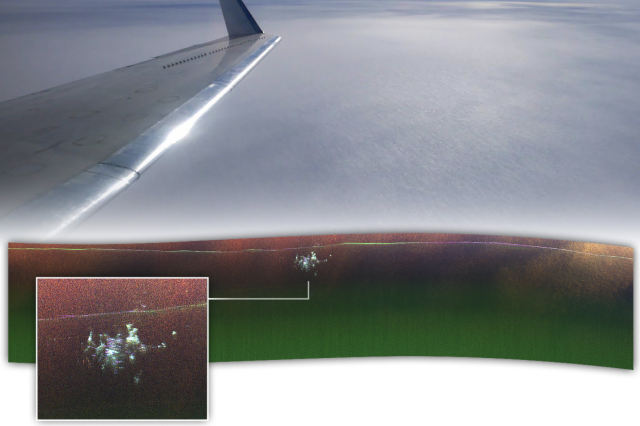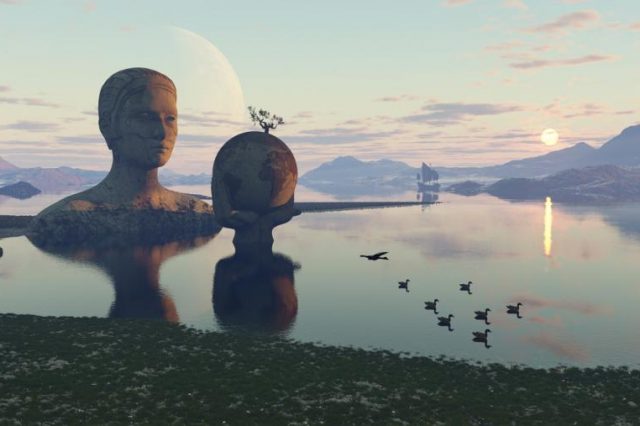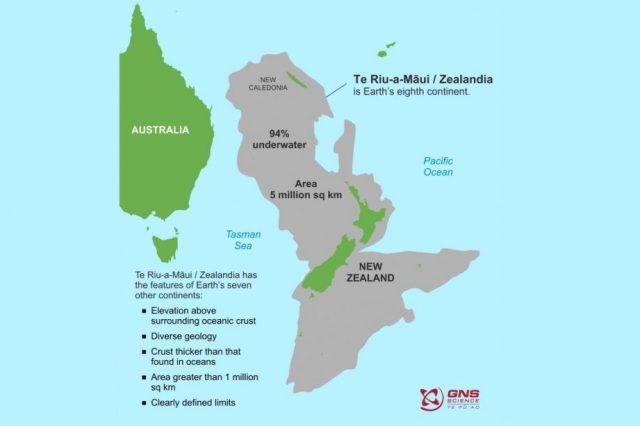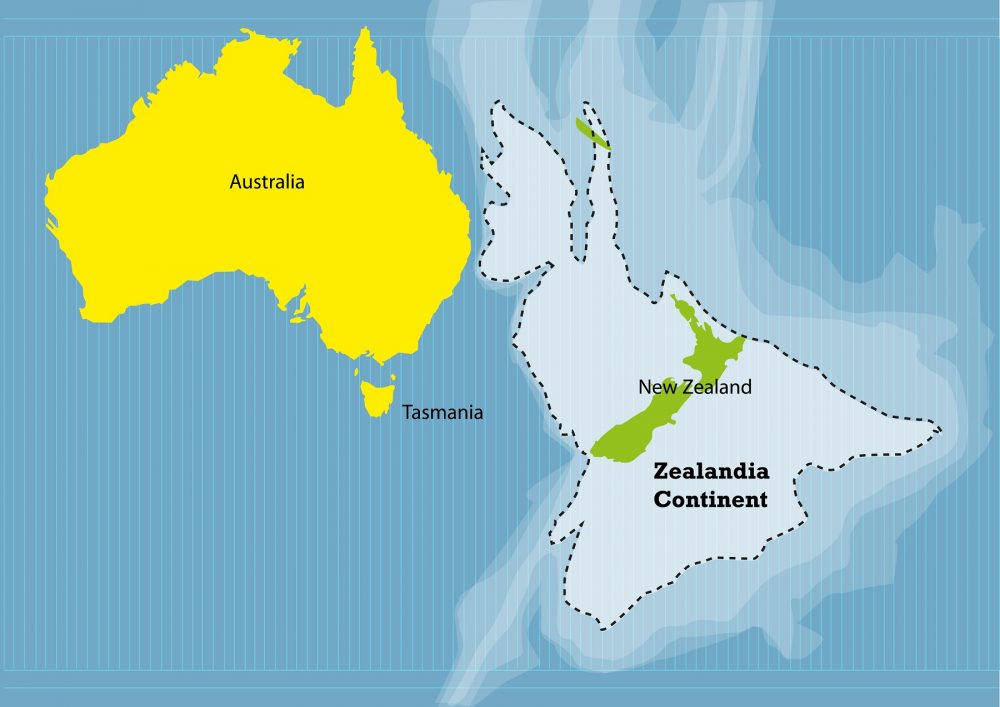All that is left of the ancient continent is now ice-covered shelves in the Arctic, but earlier, it was a part of two supercontinents.
The Lost Continent of Arctida: Unraveling the Mystery of Ancient Arctic Landmasses
From Supercontinent to Arctic Shelf: The Story of Arctida
Contrary to myths that placed the ancient continent of Hyperborea in a mythical northern land, new research reveals that what remains of the ancient continent is now covered in ice in the Arctic. The study, conducted by a team of Russian scientists, has demonstrated that the Arctic continental shelf was part of unique continents at least twice in history, according to Sputnik.
The findings, published in Izvestia, enable researchers to reconstruct the continent’s biography. Scientists from the Trofimuk Institute of Petroleum Geology and experts from the Geology and Geophysics center of the Siberian branch of the Russian Academy of Sciences have analyzed rock samples from Arctic archipelagos, such as Franz Josef Land, Northland, and New Siberia Island.
Arctida: An Ancient Continent Revealed
Researchers have determined that the ancient continent of Arctida was formed around one billion years ago. It split apart approximately 750 million years ago, only to reassemble after another 500 million years. These rock samples have allowed experts to delve deep into Arctida’s history.
Arctida was initially part of a supercontinent called Rodinia. About 750 million years ago, the continent was divided into fragments separated by a vast ocean. The second formation of the Arctic occurred around 250 million years ago, when the first dinosaurs began to inhabit the Earth. Arctida then became part of another supercontinent, Pangea.
Following the dissolution of Pangea and the creation of the Arctic Ocean, parts of the “second” Arctida were dispersed across the northern pole, mostly becoming the Arctic shelf.
Debunking the Hyperborea Myth

Hyperborea, a region mentioned in Greek mythology, was believed to be inhabited by an advanced ancient civilization with extended lifespans and perpetual happiness. It was said to be perfect, with the sun shining 24 hours a day, possibly within the Arctic Circle during the Midnight Sun-time of year. However, experts assert that this is just a myth.
Nikolai Matushkin, a researcher from the Siberian branch of the Russian Academy of Sciences, told Izvestia that the hypothesis of Hyperborea being located in ancient Arctida is unfounded. He stated, “We are talking about a geological body that existed hundreds of billions of years ago. There could not be any civilization back then.”
PLEASE READ: Have something to add? Visit Curiosmos on Facebook. Join the discussion in our mobile Telegram group. Also, follow us on Google News. Interesting in history, mysteries, and more? Visit Ancient Library’s Telegram group and become part of an exclusive group.





